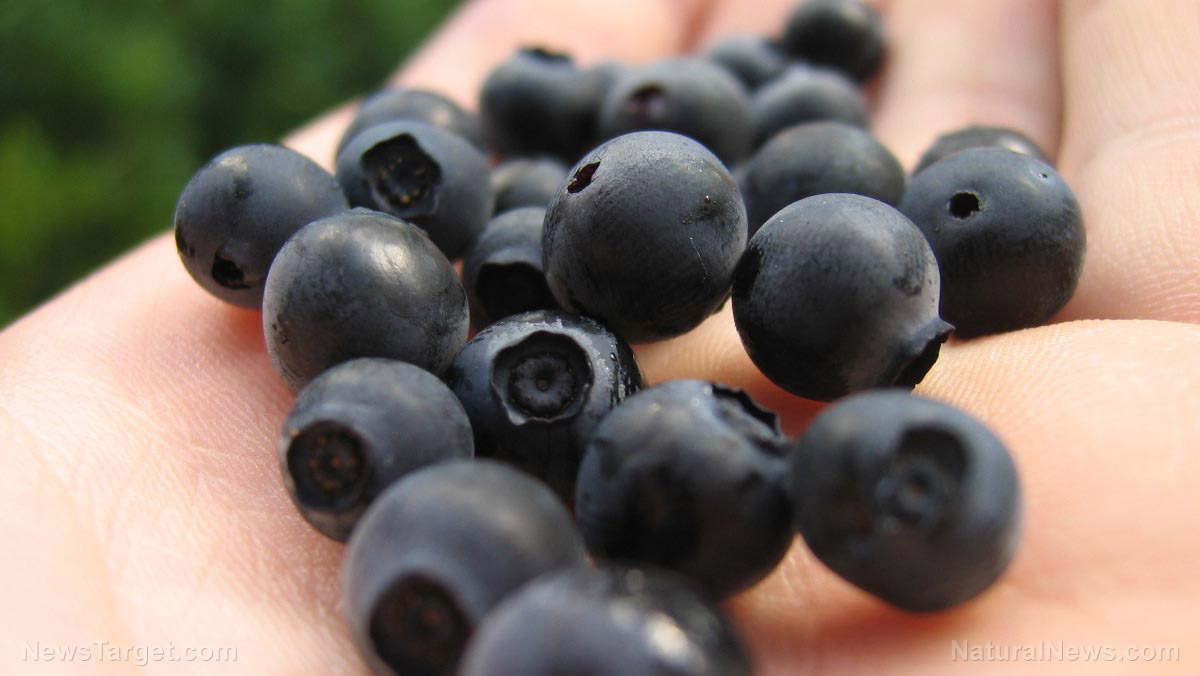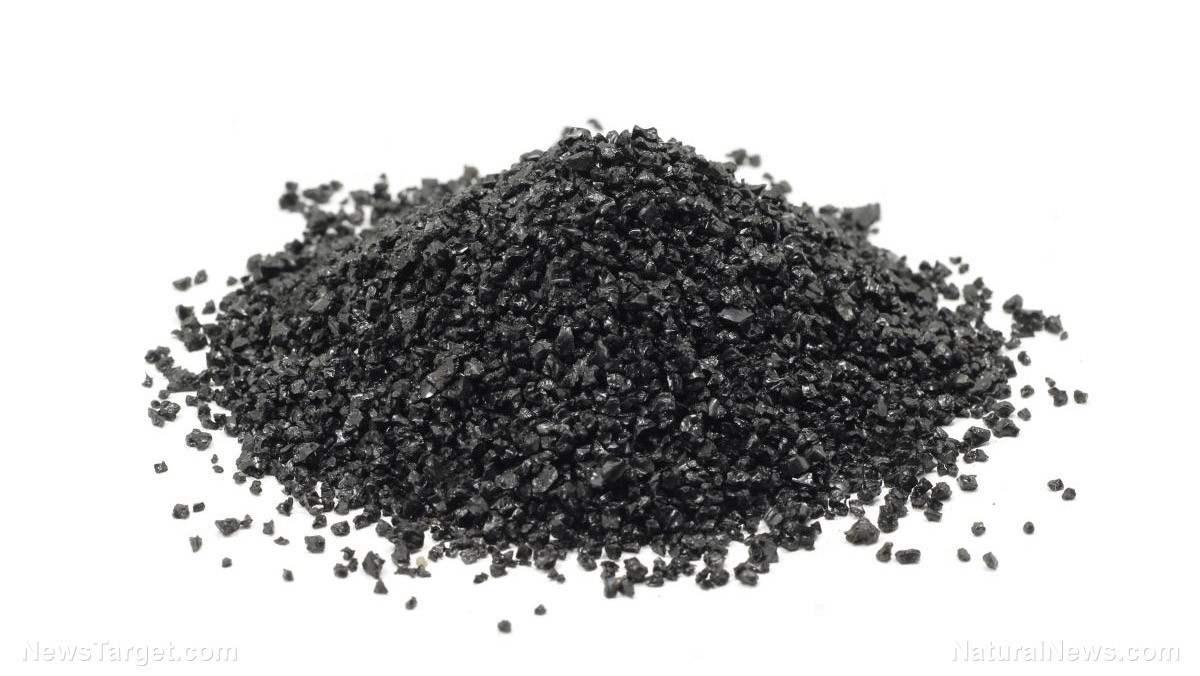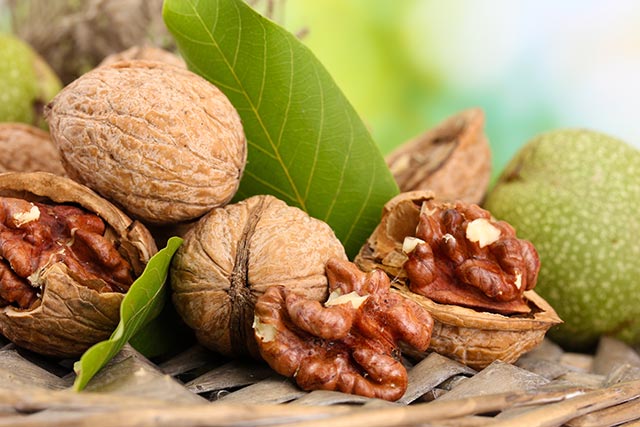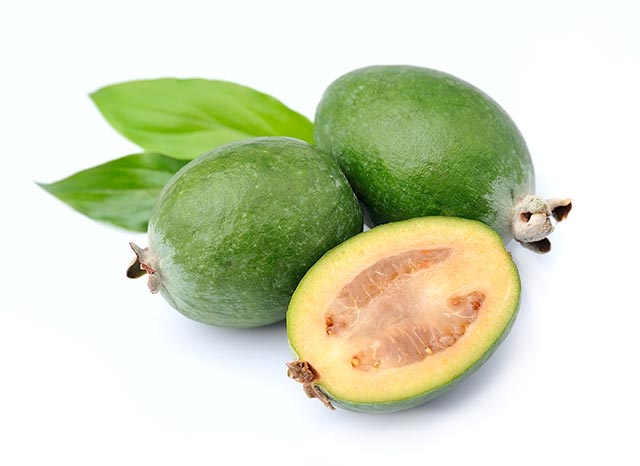Food science: Green tea is a safe natural remedy for brain hemorrhage
09/28/2018 / By Ralph Flores
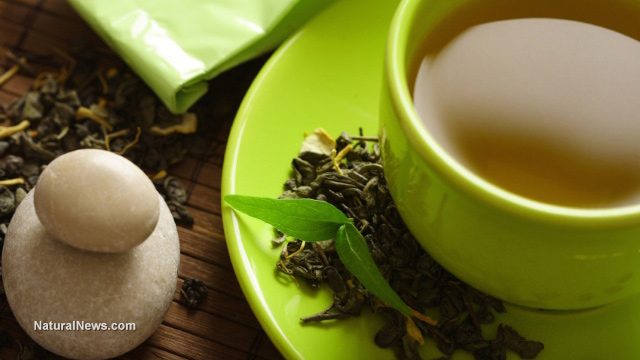
Here’s one more reason to have a cuppa: Researchers from Brazil have found that green tea (Camellia sinensis) can be used to prevent further brain damage after profuse bleeding. In their study, which appeared in the journal Neuroscience International, researchers looked at the ability of green tea to protect against neuromotor impairment and free radical damage following an intracerebral hemorrhage.
According to the American Heart Association, at least 13 percent of all stroke cases in the U.S. are classified as a hemorrhagic stroke. The condition occurs when a weakened blood vessel is ruptured and bleeds into the surrounding brain, where it accumulates and adds pressure to surrounding brain tissue. There are two kinds of hemorrhagic stroke – subarachnoid and intracerebral – with the latter noted to be more severe with a higher risk of mortality or morbidity. In particular, the damage caused by an intracerebral hemorrhage doesn’t end with that from the stroke: The progressive deterioration of brain tissue following the stroke can result in secondary brain damage, the most evident being neuromotor impairment.
Researchers indicated that the secondary damage that the brain receives after a stroke is primarily caused by increased levels of oxidative stress in the brain. This results in further brain damage, including free radical damage, lipid oxidation, and exposure to higher levels of reactive oxygen species (ROS) which causes further cell damage. Given the damage this type of stroke can have on a person, the team highlighted the need to look for adjuvant treatments to help deal with this condition.
“Potential nutritional interventions targeting secondary brain injury are arousing a great deal of interest, especially those with an antioxidant component,” the researchers wrote in their report.
In the study, the team looked at green tea, and how it can attenuate complications following an episode of intracerebral hemorrhage. Green tea – known as a rich source of antioxidants – is made from the leaves of the tea plant (from which black tea is also derived) that have been either been steamed or pan-fried, then dried to prevent further oxidation. Catechins, a group of flavonoids with powerful antioxidant effects, are the major components of green tea. Earlier studies, in particular, have identified the catechin epigallocatechin gallate (EGCG) to protect the brain against oxidative stress during an ischemic stroke, based on animal studies. To determine the efficacy of green tea in preventing further damage following a hemorrhage, in vivo studies were conducted on rats treated with intra-striatum collagenase infusion to mimic the effects of an intracerebral hemorrhage.
After being induced into a hemorrhage, the researchers gave the rats an oral treatment of green tea. This was repeated for 10 days, with the team recording the results of the rats’ motor skill using different parameters. Brain samples were harvested after the study period for further examination.
The findings revealed that while intracerebral hemorrhage can result in neuromotor impairment, rats that have been treated with green tea were able to significantly reduce secondary damages in as little as three days. The antioxidants in green tea also took effect, preventing cell damage by inhibiting cell oxidation and ROS damage, compared to those that weren’t treated.
“Our study showed a neuroprotective effect of GT [green tea] in an experimental model of ICH [intracerebral hemorrhage],” the researchers concluded. “GT attenuates neuromotor deficit and avoids the increase of ROS and lipid peroxidation. However, it is still necessary to investigate additional mechanisms that can be involved in the action of GT on this condition.” (Related: Green tea nutrients prevent and treat brain disorders.)
Learn more about the benefits of green tea by following Food.news today.
Sources include:
Science.news
TheSciPub.com [PDF]
Tagged Under: antioxidants, brain health, Camellia sinensis, food science, Green tea, intracerebral hemorrhage, natural remedies, neuromotor deficits, reactive oxygen species, science, stroke







